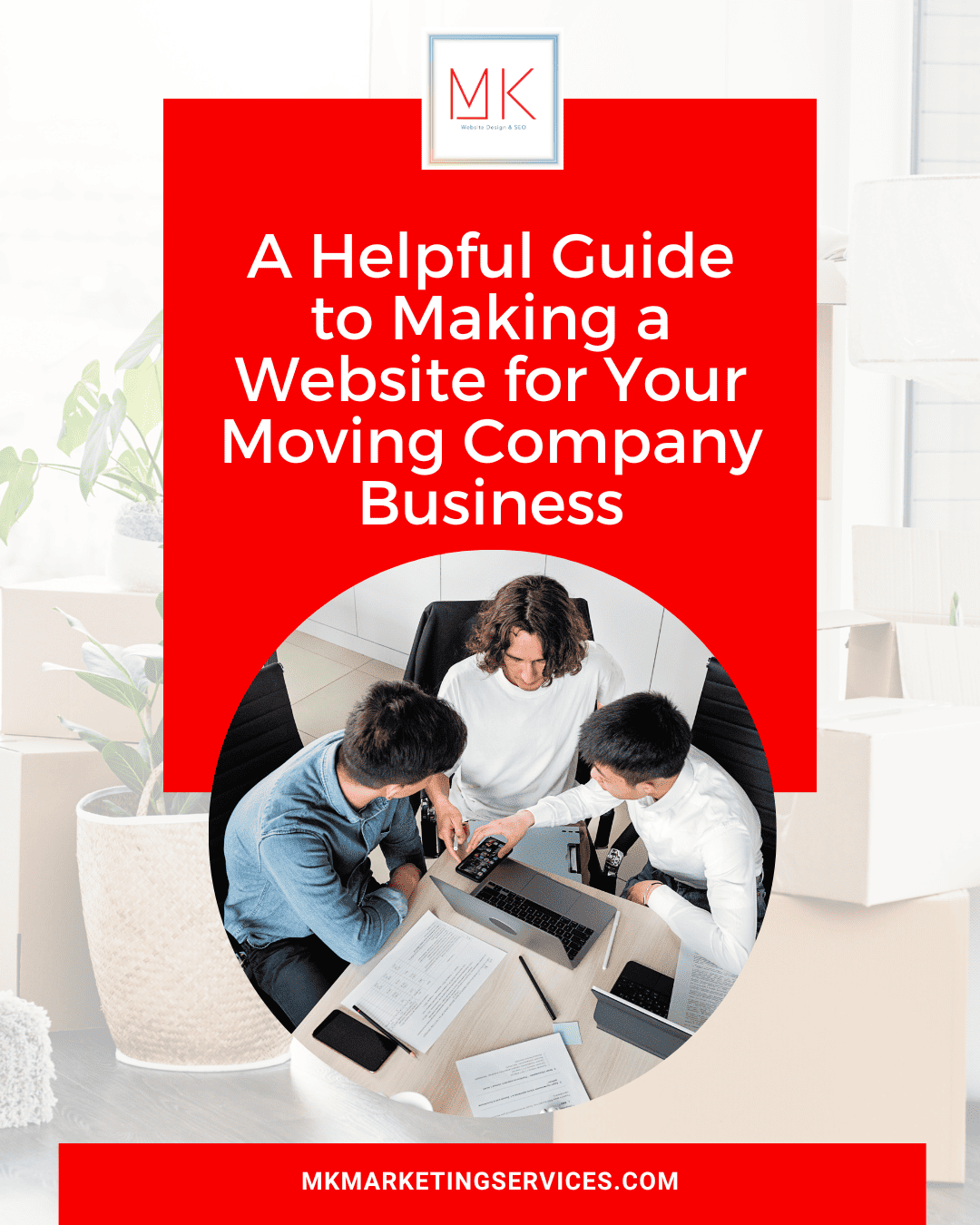Starting a moving business requires a lot of work, including creating and marketing your own website. If you want to design a website for your moving company, this guide has some insightful tips to help you get started, so read on to learn more.
The Benefits of Having a Business Website for Your Moving Company
Having a business website helps you reach more customers. Professional websites include all the information customers need to contact you and to find out more about your moving company’s services. Combining your new website with effective marketing strategies increases your visibility and profits. You’ll need to maintain a high-quality website to establish a strong web presence and attract customers to your business.
Basics to start your moving company website
Every working website requires a few fundamentals before it can “go live” on the web. This includes setting up a domain, choosing a quality hosting service, and integrating a platform where you can add and edit the content. You’ll also need to create a theme for your moving company website that helps you stand out.
- Domain: The domain refers to the name of your moving company website, such as www.movingxyz.com. Choose a domain that’s short and easy for customers to remember. You’ll need to purchase your domain name before claiming it as your own. You can choose to name the website domain after your business or pick out a clever word or phrase that’s easy to recognize.
- Hosting: A hosting company holds “virtual space” and provides data storage for your website. Choose a high-quality hosting service that offers perks, like a free SSL certificate for additional security. Look at customer reviews and research different web hosting services before you commit. The better the hosting service, the smoother your website will perform.
- Platform: To add content for your moving company website, use a platform like WordPress. This service gives you exclusive administrator access to the backend to make updates, add text, and insert new information whenever you need to. Learn how to use WordPress via tutorials and practice a few times before you integrate it for a seamless transition.
- Theme: Choose a theme for your moving company website that helps it stand out. If you need help creating website templates or themes, feel free to consult with a professional. A professional web designer can add your logo, create custom templates, and add animation or videos to give your moving company site a unique look.
Key sections to add to your website
All websites have a few key components that make them functional. These sections will help the customers of your moving company learn more about you, get rates, and contact you when they’re ready to book your service. Take your time creating these sections so that they flow nicely.
What sections do you need?
Start with your domain’s home page and make sure that your business name, logo, and contact information are clear. This is the first page most customers will see, so make it creative, pleasant to look at, and easy to navigate. Your site also needs a landing page containing more in-depth information about your business. The goal of your landing page is to encourage customers to contact you, sign up for your newsletter, or book a moving date with your company. Include an “about us” page with the history of your company and info about your employees, your location, and your business mission or goals. Every business website also needs a “contact us” page to make it easy for customers to get in touch with you via telephone, email, or web form.













